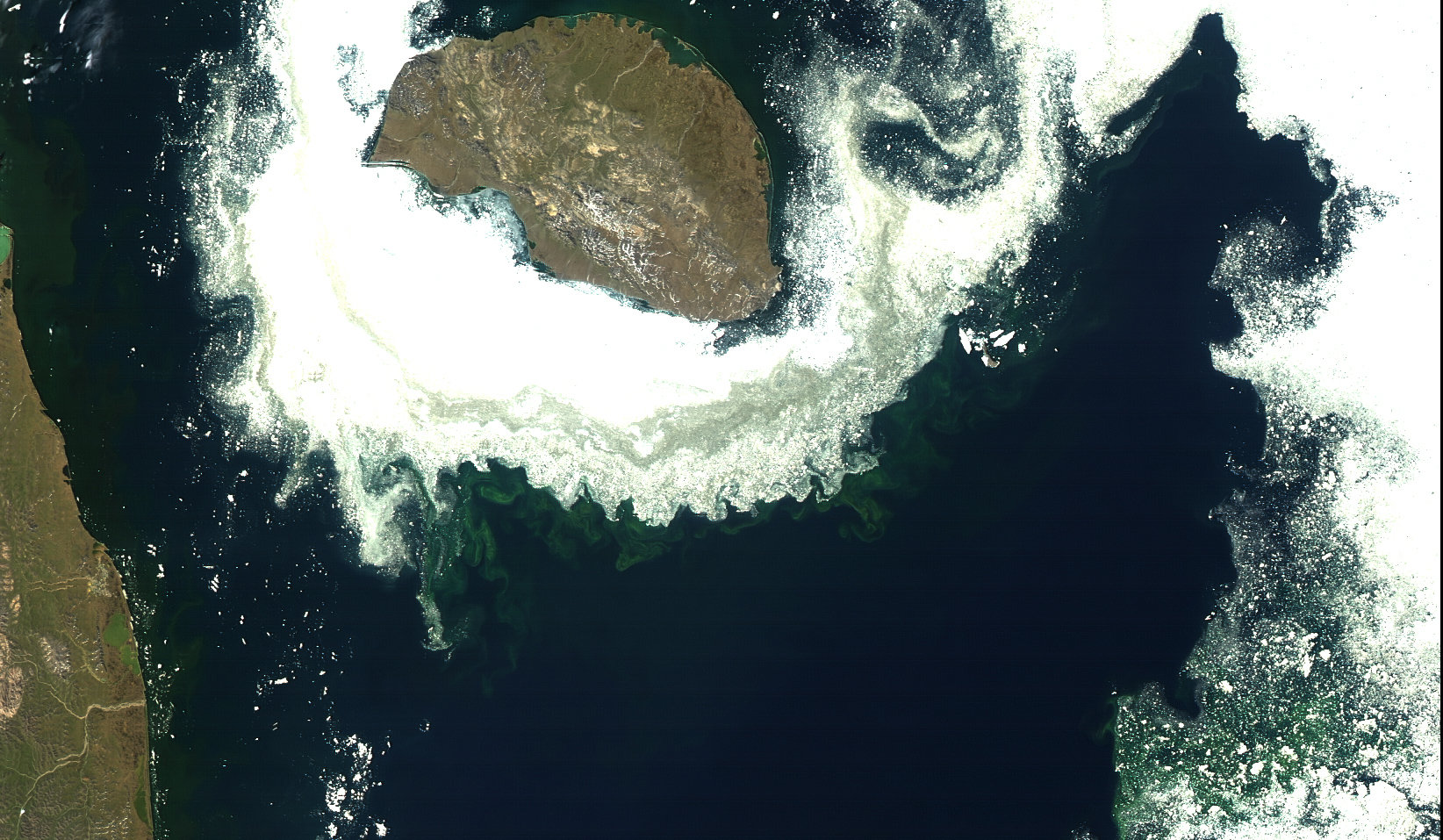LOS ANGELES : Climate change and diminishing ice cover is causing spring to come sooner to some plant species in the Arctic, while other species are delaying their emergence amid warming winters, a new study has found.
The study covers 12 years of observations at a West Greenland field site near Russell Glacier, a dynamic front protruding from the massive inland ice sheet that covers most of the island.
Each year from early May to late June, researchers looked daily for the first signs of growth in plots enclosing individual plant species.
Led by the University of California, Davis in the US, researchers found that warming winters and springs associated with declining arctic sea ice cover created a mixture of speed demons, slowpokes and those in between.
One sedge species now springs out a full 26 days earlier than it did a decade ago. This was the greatest increase in the timing of emergence the researchers have seen on record in the Arctic.
“When we started studying this, I never would have imagined we’d be talking about a 26-day per decade rate of advance,” said Eric Post, a polar ecologist from the UC Davis.
“That’s almost an entire growing season. That’s an eye-opening rate of change,” said Post, who has been studying the Arctic for 27 years.
But other species are in no rush, despite the Arctic’s short growing season. Onset of growth for the gray willow has not budged, and a dwarf birch species is beginning its growth only about five days earlier per decade.
While how early a plant emerges from its winter slumber depends on the species, the study demonstrates that the Arctic landscape is changing rapidly.
Such changes carry implications for the ecological structure of the region for years to come.
“The Arctic is really dynamic, and it’s changing in a direction that won’t be recognizable as the same Arctic to those of us who have been working there for decades,” Post said.
Previous studies have shown how such changes are affecting caribou in the region. Caribou come to the study site each year during calving season to take advantage of the nutritious plants needed to recover from winter and provide for their newborns.
However, as the emergence of plant species in spring has shifted, the caribou internal clock, driven by seasonal changes in day length, has not kept up.
The food is still there but the pickings are not as nutritious as they were at first growth. As a result, fewer calves are born and more die early in years when spring plant growth outpaces the caribou calving season.
“That’s one example of the consequences of this for consumer species like caribou, who have a limited window to build up resources before going into the next winter,” Post said.
The study was published in the journal Biology Letters. (AGENCIES)
Trending Now
E-Paper


